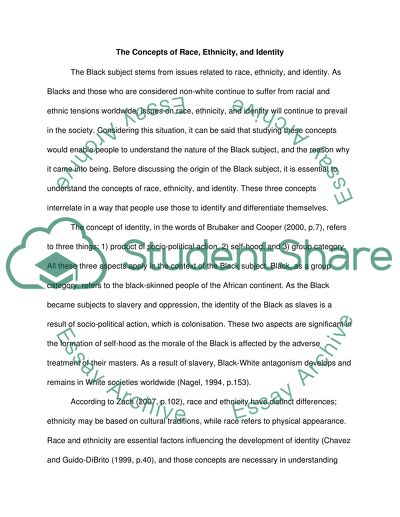Cite this document
(“Race, culture and identity ( social policy and criminology) Essay”, n.d.)
Race, culture and identity ( social policy and criminology) Essay. Retrieved from https://studentshare.org/miscellaneous/1587531-race-culture-and-identity-social-policy-and-criminology
Race, culture and identity ( social policy and criminology) Essay. Retrieved from https://studentshare.org/miscellaneous/1587531-race-culture-and-identity-social-policy-and-criminology
(Race, Culture and Identity ( Social Policy and Criminology) Essay)
Race, Culture and Identity ( Social Policy and Criminology) Essay. https://studentshare.org/miscellaneous/1587531-race-culture-and-identity-social-policy-and-criminology.
Race, Culture and Identity ( Social Policy and Criminology) Essay. https://studentshare.org/miscellaneous/1587531-race-culture-and-identity-social-policy-and-criminology.
“Race, Culture and Identity ( Social Policy and Criminology) Essay”, n.d. https://studentshare.org/miscellaneous/1587531-race-culture-and-identity-social-policy-and-criminology.


